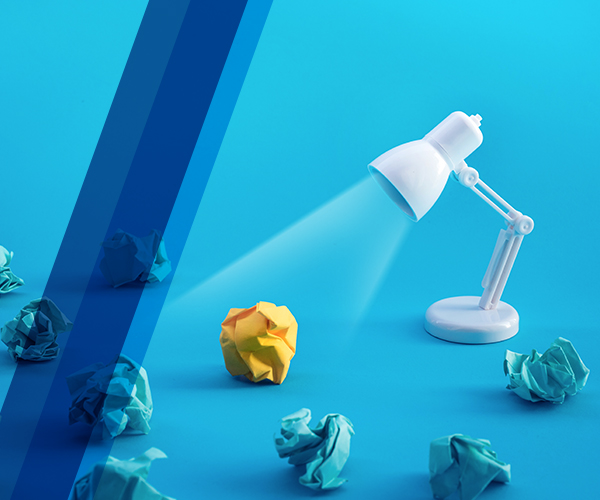Rodrigo Martínez Let’s open the mind for a few minutes. Let’s think about the things that surround us and interact with them every day. It is possible that some make us happy and others only make us think of the ways that will go to the trash. Before arriving at a thought of destruction, let’s land in that everything has a design. If the design is good or bad, it will be the point where I want to get along with you. Since we are aware of things, I will complicate this meditation a bit more. Strategies, decisions, even our relationships go through a design process. I think I’ve gotten into trouble with these last lines. But I am not writing anything new. “Design Thinking” is the way made to understand human problems and provide solutions. I speak of human beings because at this time the disconnection with our nature is about to change How is this change happening? Please answer this question honestly, what is the first thing you do when you wake up? That answer, is the problem. I’ll get to the point, Design Thinking looks something like this: 1. Empathize 2. Define 3. Idealize 4. Prototype 5. Tests I could explain each one theoretically, but if you want to go deep, I recommend this reading: Stanford D School intro to the Design Thinking process Melany Leal (@MeLyc), designer at Coldwell Banker Mexico (@coldwellmexico) argues that on many occasions the routine makes us lose sight of the details of everything that surrounds us, but if we pay attention everything has a fair design process for the function in which we use it, the non-slip sandals in the shower, the cover that molds to your hand and makes the food reach your mouth in the right amount, the clothes you wear independently if it is fashionable is functional to the weather in which we are and thus we can analyze each object, app, food, experience, etc. Everything around us is DESIGN. I will not leave you this week without giving you an example. The problem is deciding if you should buy a house or keep renting. We have the problem, so we become our own users. First, we must be aware of all the ideas that can lead us to make this decision. Be creative, there are no good or bad answers. Second, let’s structure the findings. Let’s categorize and rank the most relevant to the least important. Later we give possible solutions to this problem. All solutions count. Near the end comes the difficult part. The moment of the prototype. It can be a financial year, a projection of our savings and income. The strong part is to accept that many and most prototypes do not work and those that do need adjustments. This is the test moment. The end of the process always leads to a good design. I have never left you a task, but this is a good time to reflect for the second part of the post. At what moments of your life, of your work, in your relationships; you can apply Design Thinking ” Please comment on our social networks. I would love to know your opinion and how together we can generate good designs. Follow us on Facebook & Instagram

The Best Urban Areas to Invest in Rental Properties
Discover the most attractive urban areas to invest in rental properties in Mexico and maximize your real estate return on investment.



